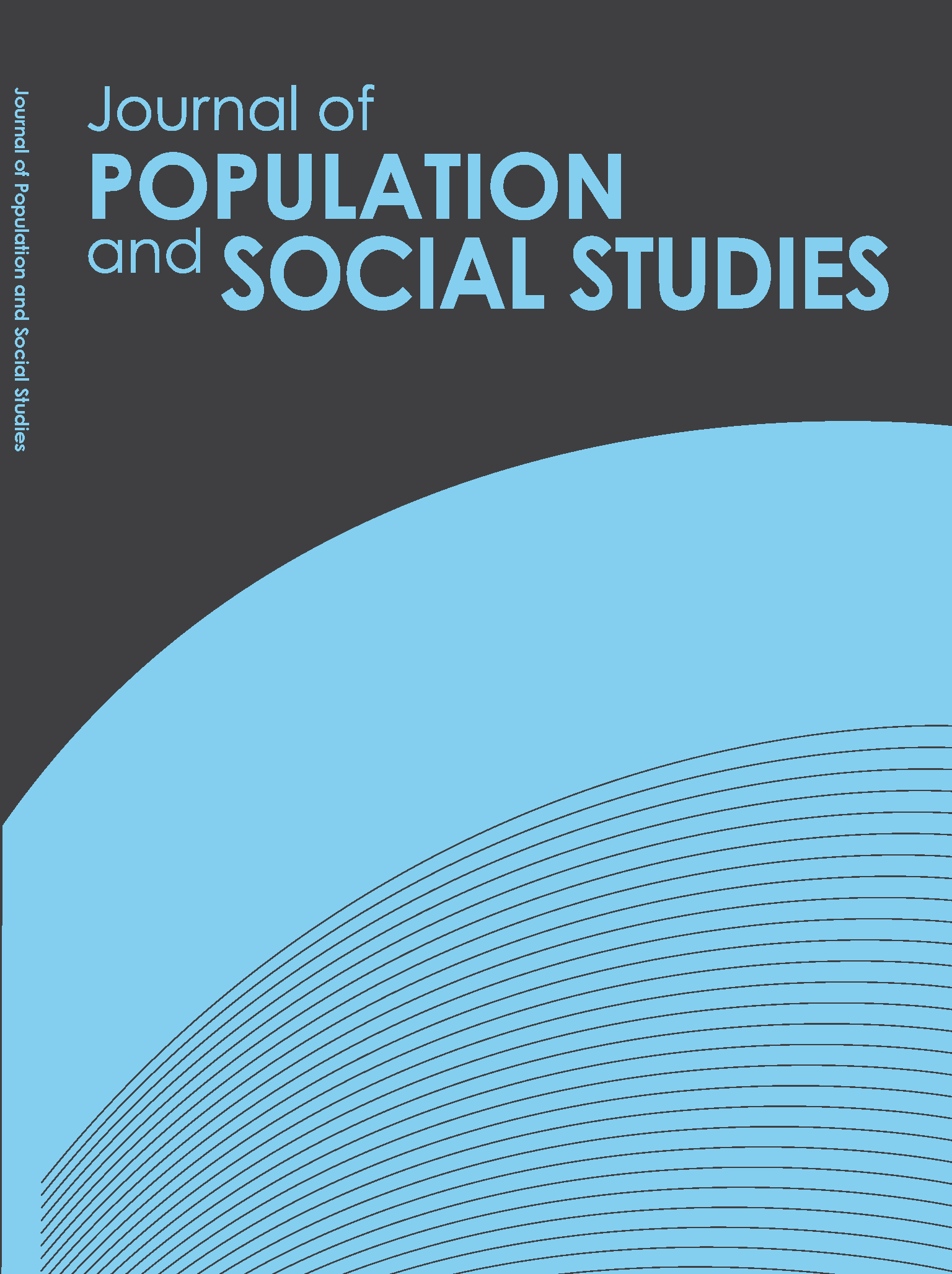Prevalence of Iron-Deficiency Anaemia in India: Results from a Large Nationwide Survey
Main Article Content
Abstract
The wide prevalence of iron-deficiency anaemia is an indicator of the poor nutritional status of the masses in India. This paper examines the prevalence and degree of anaemia among children (0-71 months), adolescent girls (10-19 years) and pregnant women (15-44 years) in India and the influence of socio-economic-demographic factors on them. The analyses of anaemia from women and children in 620, 107 households are based on the nutrition data collected during the District Level Household Survey-Reproductive and Child Health (DLHS-RCH) in 2002-04 in
India by the International Institute for Population Sciences (IIPS), Mumbai. The prevalence of any type of anaemia is very high (more than 95 percent) among children, adolescents, and pregnant women in the country. Nearly thirty percent of adolescent girls are severely anaemic. The ordinal regression results show that degree of anaemia declines
with increase in household standard of living and educational attainment in general for all the three groups of the study population. Parity has significant effect on anaemia among pregnant women. The analysis suggests that the implementation of the programme should be more specific to reduce the level of anaemia and improves the nutritional status of children, adolescent girls, and pregnant women.
India by the International Institute for Population Sciences (IIPS), Mumbai. The prevalence of any type of anaemia is very high (more than 95 percent) among children, adolescents, and pregnant women in the country. Nearly thirty percent of adolescent girls are severely anaemic. The ordinal regression results show that degree of anaemia declines
with increase in household standard of living and educational attainment in general for all the three groups of the study population. Parity has significant effect on anaemia among pregnant women. The analysis suggests that the implementation of the programme should be more specific to reduce the level of anaemia and improves the nutritional status of children, adolescent girls, and pregnant women.
Article Details
How to Cite
Chellan, R., & Paul, L. (2010). Prevalence of Iron-Deficiency Anaemia in India: Results from a Large Nationwide Survey. Journal of Population and Social Studies [JPSS], 19(1), 59–80. retrieved from https://so03.tci-thaijo.org/index.php/jpss/article/view/84686
Section
Research Articles


